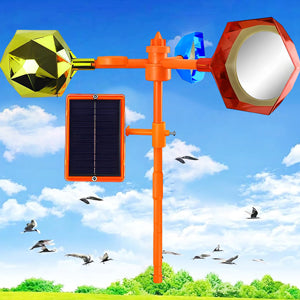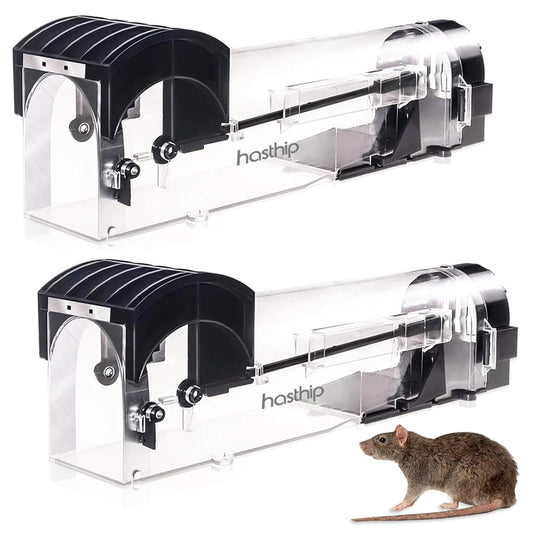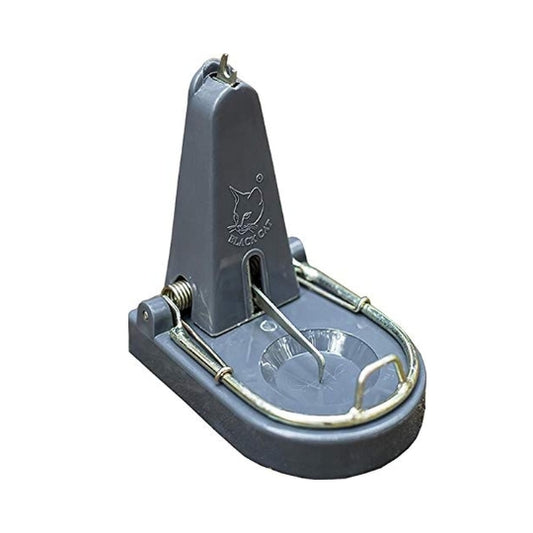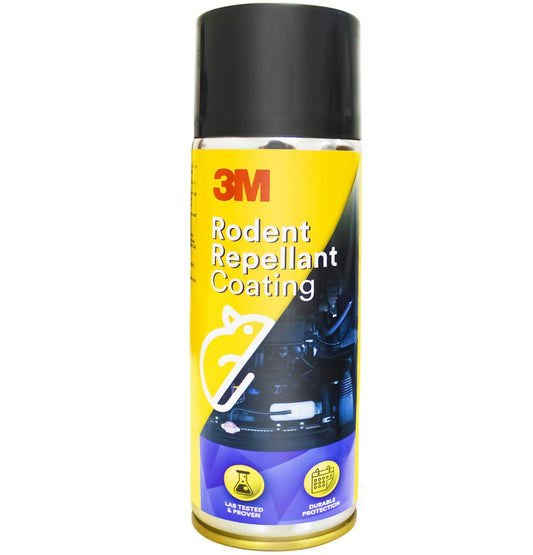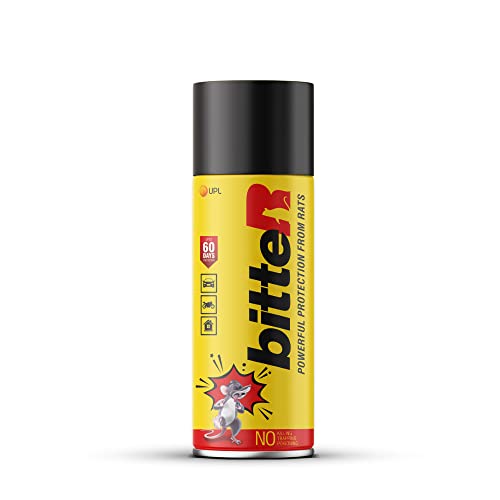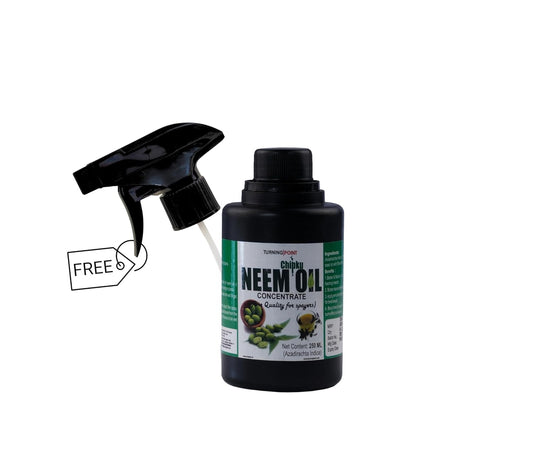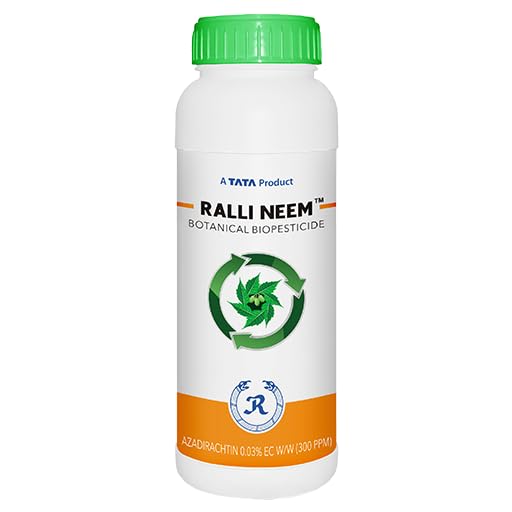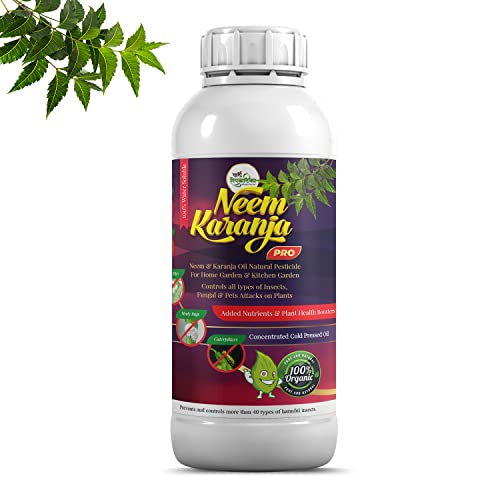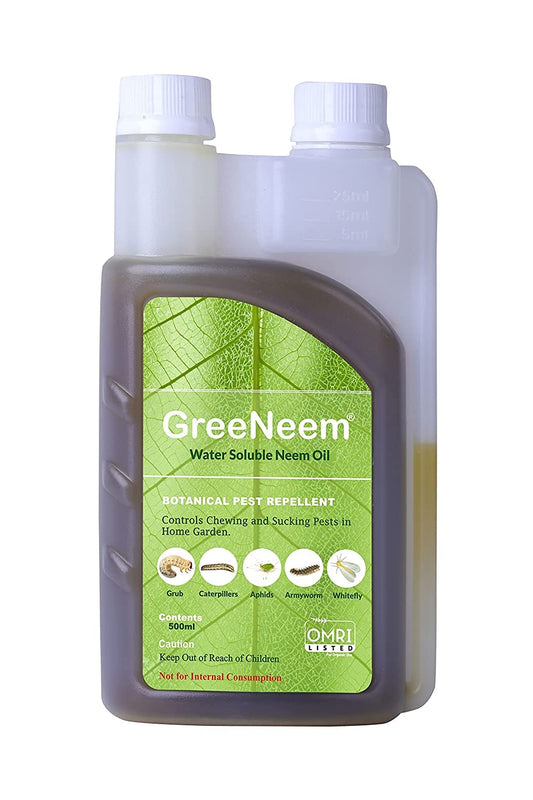Battling the Fall Armyworm: Strategies for Effective Pest Control
Share
The fall armyworm (Spodoptera frugiperda) is a notorious agricultural pest that poses a significant threat to a wide range of crops. With its voracious appetite and ability to rapidly reproduce, this insect can cause extensive damage if left unchecked. Understanding its life cycle and implementing effective control strategies is crucial for farmers and agricultural experts.
Life Cycle of the Fall Armyworm:
The fall armyworm undergoes a four-stage life cycle, consisting of the egg, larva (caterpillar), pupa, and adult stages. Each stage plays a unique role in the pest's development and its impact on crops.
-
Egg Stage: The female fall armyworm moth deposits her small, oval-shaped eggs in clusters on the undersides of leaves. Typically light green or yellow, the eggs hatch within 2-4 days, releasing ravenous larvae.
-
Larva Stage: The larva, or caterpillar, is the most destructive phase of the fall armyworm's life cycle. Identified by its green or brown color and three distinct yellow stripes down its back, the larva feeds on leaves, stems, and flowers, causing considerable damage. Within 14-22 days, the larva matures, reaching a length of up to 2 inches.
-
Pupa Stage: As the larva reaches maturity, it enters the pupa stage. Encased within a reddish-brown or blackish-brown cocoon approximately 1/2 inch long, the pupa is attached to the soil or plant debris. Warm weather allows for a shorter pupa stage of 8-9 days, while cooler temperatures may prolong it up to 20 days.
-
Adult Stage: The fall armyworm emerges as a grayish-brown moth with dark splotches on its wings. With a wingspan of around 1 inch, the adult moth lives for about 10 days, during which time it seeks to mate and lay eggs, perpetuating the life cycle.
Strategies for Controlling Fall Armyworm Infestation:

Controlling fall armyworm infestation requires a multifaceted approach that combines cultural, biological, and chemical controls. These strategies aim to disrupt the pest's life cycle, reduce its population, and minimize crop damage.
-
Cultural Controls: Cultural controls involve modifying the environment to discourage fall armyworm infestation. Effective cultural practices include crop rotation, which interrupts the pest's food source, planting resistant crop varieties, and promptly destroying crop residue to eliminate potential breeding sites.
-
Biological Controls: Biological controls harness the power of natural enemies to combat fall armyworm infestation. These can include predators, such as birds or insects like parasitic wasps, and pathogens like bacteria or viruses specifically targeting the pest. By introducing these natural enemies, the fall armyworm population can be suppressed naturally.
-
Chemical Controls: Chemical controls, while a last resort, may be necessary in severe infestations. Pesticides specifically designed to target the fall armyworm can be employed. However, caution should be exercised to minimize environmental impact and potential harm to human health. Following label directions and employing integrated pest management practices are essential. Click here for offers on pesticides
Tips for Effective Fall Armyworm Control:
In addition to the strategies mentioned above, the following tips can enhance the effectiveness of fall armyworm control:
-
Regular Monitoring: Regularly inspect crops for early signs of fall armyworm infestation. Early detection allows for prompt intervention and minimizes potential damage.
-
Thorough Inspections: Conduct thorough inspections of plants, searching for feeding damage such as holes in leaves or missing plant parts. Detecting infestations at an early stage enables targeted action.
-
Removal of Infested Material: Immediately remove any infested plant material to prevent the spread of the pest to healthy crops. Proper disposal reduces the risk of further infestation.
-
Safe and Effective Pesticide Use: When resorting to chemical controls, carefully follow the label directions to ensure the safe and effective use of pesticides. Integrated pest management practices should be applied to minimize environmental impact.
Conclusion:
Controlling fall armyworm infestation is crucial for protecting agricultural crops. Understanding the pest's life cycle and implementing a combination of cultural, biological, and chemical controls provides the best chance of success. By monitoring crops, conducting regular inspections, and employing appropriate strategies, farmers and agricultural professionals can effectively manage and mitigate the impact of the fall armyworm on their livelihoods.
Keywords
Fall armyworm, Spodoptera frugiperda, agricultural pest, life cycle, strategies, cultural controls, biological controls, chemical controls, monitoring, infestation
FAQs
What is the fall armyworm?
The fall armyworm is a notorious agricultural pest that poses a significant threat to a wide range of crops. With its voracious appetite and ability to rapidly reproduce, this insect can cause extensive damage if left unchecked.
What is the fall armyworm's life cycle?
The fall armyworm undergoes a four-stage life cycle, consisting of the egg, larva (caterpillar), pupa, and adult stages. Each stage plays a unique role in the pest's development and its impact on crops.
What are the different strategies for controlling fall armyworm infestation?
There are a number of strategies that can be used to control fall armyworm infestation. These strategies include:
- Cultural controls: These methods involve modifying the environment to make it less favorable for the fall armyworm. Cultural controls include crop rotation, planting resistant varieties, and destroying crop residue.
- Biological controls: These methods involve using natural enemies to control the fall armyworm. Natural enemies include predators, parasites, and pathogens.
- Chemical controls: These methods involve using pesticides to kill the fall armyworm. Chemical controls should be used as a last resort, as they can be harmful to the environment and to human health.
What are some tips for effective fall armyworm control?
In addition to the strategies mentioned above, the following tips can enhance the effectiveness of fall armyworm control:
- Regular monitoring: Regularly inspect crops for early signs of fall armyworm infestation. Early detection allows for prompt intervention and minimizes potential damage.
- Thorough inspections: Conduct thorough inspections of plants, searching for feeding damage such as holes in leaves or missing plant parts. Detecting infestations at an early stage enables targeted action.
- Removal of infested material: Immediately remove any infested plant material to prevent the spread of the pest to healthy crops. Proper disposal reduces the risk of further infestation.
- Safe and effective pesticide use: When resorting to chemical controls, carefully follow the label directions to ensure the safe and effective use of pesticides. Integrated pest management practices should be applied to minimize environmental impact.
I have a fall armyworm infestation. What should I do?
If you suspect that you have a fall armyworm infestation, the first step is to carefully inspect your crops for signs of damage. If you find any evidence of infestation, you should take steps to control the pest as soon as possible. The best course of action will depend on the severity of the infestation and the specific crops that are affected. However, in general, you should start by implementing cultural controls, such as crop rotation and planting resistant varieties. If these measures are not effective, you may need to resort to biological or chemical controls.
Where can I get more information about fall armyworm control?
There are a number of resources available to help you learn more about fall armyworm control. These resources include:
- The United States Department of Agriculture (USDA): The USDA provides a wealth of information on fall armyworm control, including fact sheets, publications, and videos.
- The National Integrated Pest Management (IPM) Center: The NPIC provides information on a variety of pest management topics, including fall armyworm control.
- The American Phytopathological Society (APS): The APS is a professional organization for plant pathologists that provides information on a variety of plant diseases, including fall armyworm infestation.
What are the signs of a fall armyworm infestation?
The most common signs of a fall armyworm infestation include:
- Holes in leaves
- Missing plant parts
- Wilting or dying plants
- Caterpillars on the leaves or stems of plants
How can I prevent a fall armyworm infestation?
There are a number of things you can do to prevent a fall armyworm infestation, including:
- Plant resistant varieties of crops
- Practice crop rotation
- Destroy crop residue after harvest
- Monitor your crops regularly for signs of infestation
What are the risks of using pesticides to control fall armyworm?
Pesticides can be effective in controlling fall armyworm infestation, but they can also pose risks to human health and the environment. When using pesticides, it is important to follow the label directions carefully and to use the least amount of pesticide necessary to achieve control.
What are some alternative methods of controlling fall armyworm?
In addition to using pesticides, there are a number of alternative methods of controlling fall armyworm, including:
- Cultural controls, such as crop rotation and planting resistant varieties
- Biological controls, such as using natural enemies of the fall armyworm
- Integrated pest management (IPM), which is a combination of cultural, biological, and chemical controls
What are the latest developments in fall armyworm control?
Researchers are constantly working on new methods of controlling fall armyworm. Some of the latest developments include:
- The development of new biological control agents, such as parasitic wasps and bacteria that target the fall armyworm
- The development of new genetically modified crops that are resistant to fall armyworm
- The development of new IPM strategies that combine cultural, biological, and chemical controls







